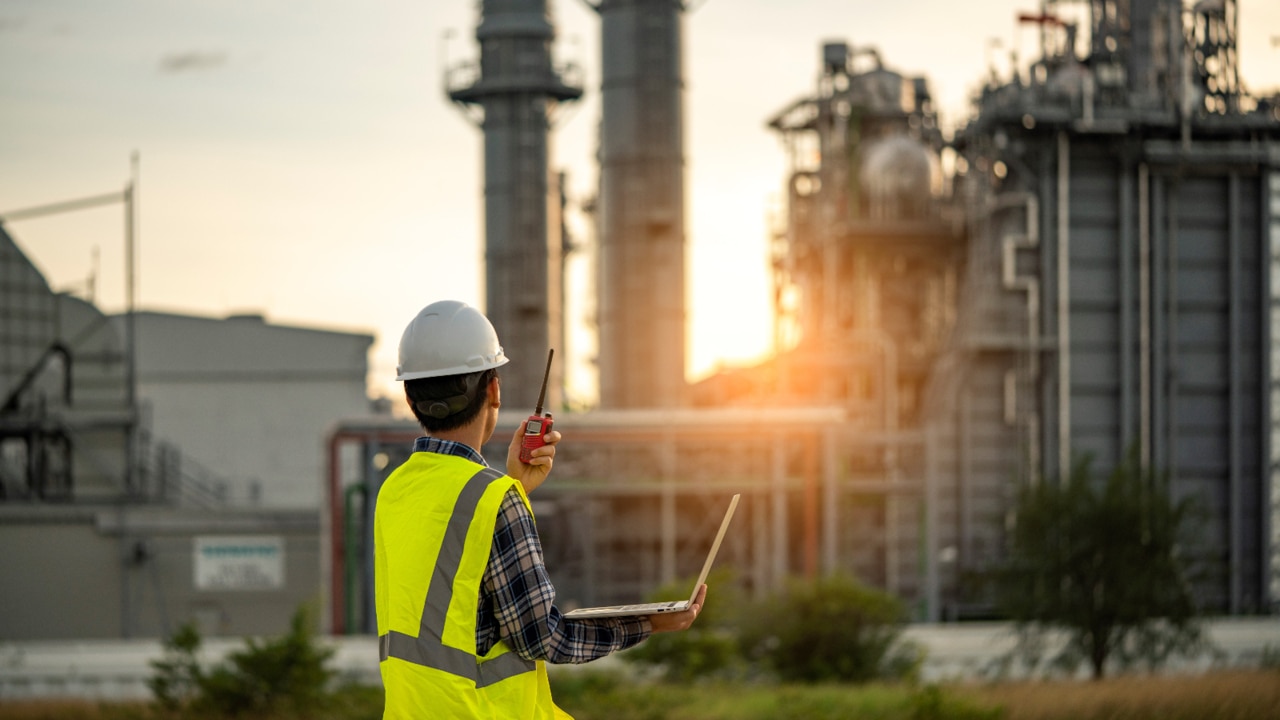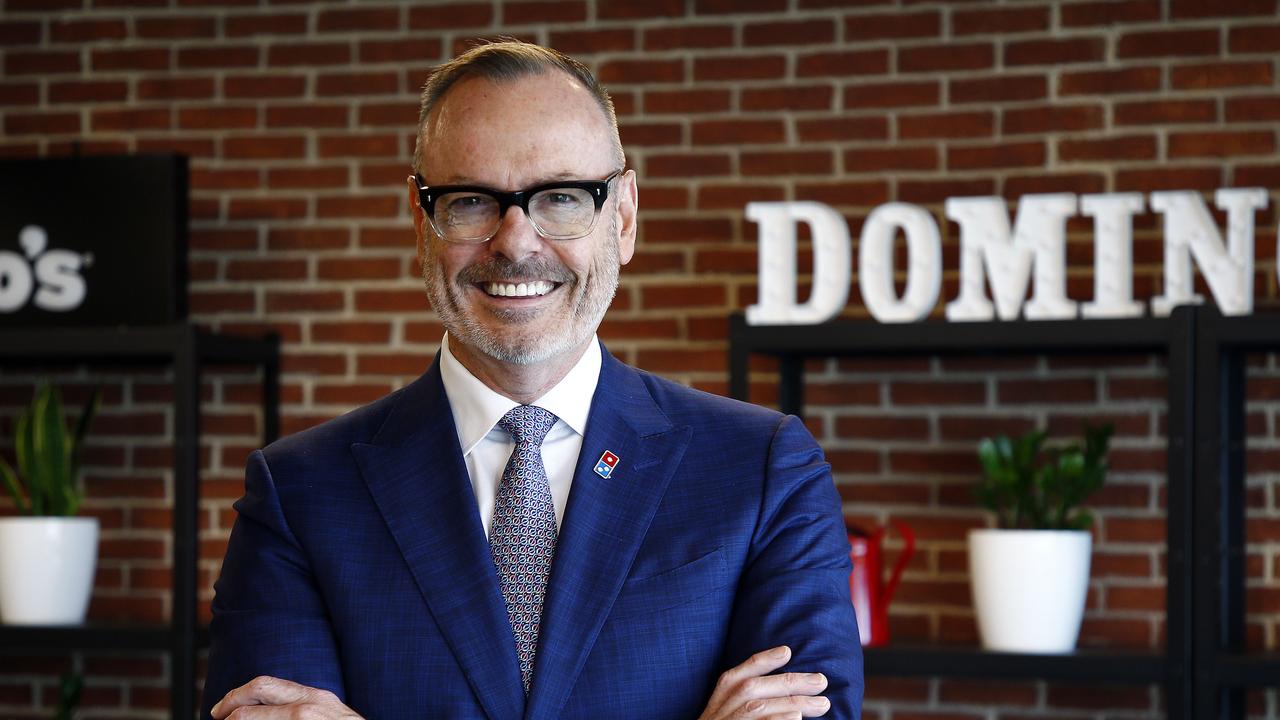Australia will need more than one LNG import terminal: AGL
Australia will need more than one LNG import terminal to safeguard east coast supplies and prevent a devastating shortfall, one of AGL Energy’s most senior executives says.

Business
Don't miss out on the headlines from Business. Followed categories will be added to My News.
Australia will need more than one LNG import terminal to safeguard east coast supplies and prevent a devastating shortfall, one of AGL Energy’s most senior executives says.
Australia’s east coast will see gas shortfalls as soon as winter next year under extreme weather conditions, and by 2027 the gap will be so large that there will be a substantial void, the Australian Energy Market Operator warned last month.
While the outlook has stirred extreme concern, Australia’s energy industry is split on how to resolve the issue. Some insist the country’s east coast has sufficient reserves and states and the federal government must unlock them through policy support, while others insist Australia will have to construct an LNG import terminal and ship in cargoes during peak periods.
Squadron Energy, owned by Andrew Forrest, is nearing completion of its LNG import terminal in Port Kembla, while the likes of Viva Energy and Dutch storage firm Vopak are pushing to develop in Victoria.
But in comments that will strengthen the push for an LNG import terminal, AGL’s chief operating officer Markus Brokhof said domestic production issues meant the country’s east coast will need to import gas.
“We are concerned that there is a shortfall in the market. We are covered until 2027 and we can supply our customers but in the long term we have to fill up our portfolio and we need additional gas,” Mr Brokhof told The Australian.
“We have seen a little bit of an improvement in investment appetite now domestic producers can get an exemption from the code of conduct, but we think we will need one or two regasification terminals, LNG import facilities.”
The comments will embolden proponents of LNG import terminals, which are pushing ahead with development despite some uncertainty about demand.
Squadron’s LNG import terminal has yet to sign any deals with large users such as AGL or Origin, which critics insist reflects demand for imported gas.

Potential buyers say they are unable to make the market work presently as major users such as large manufacturers remain reluctant to sign long-term contracts that would allow retailers such as AGL to commit to importing LNG cargoes.
Squadron remains confident that users will have to sign contracts as the looming shortfall approaches, which is stoking increasing alarm among Australia’s energy industry.
The situation is most precarious in Victoria, Australia’s most gas-dependent state. Gas use spikes in winter with residential demand for electricity, but the state has a significant manufacturing sector that is a major user throughout the year.
Market attention is focused on potential import terminals in Victoria, which shape as a litmus test of Victoria’s energy policy. Publicly, Victoria’s Labor government has moved to absolve itself of blame, insisting LNG exports from Queensland are too high.
This stance is rejected by Australia’s energy industry, which claims there is insufficient capacity to pipe more gas to Victoria, while decreasing exports would leave key regional allies short.
Victoria has banned domestic fracking, and has instead moved to curtail household demand – but analysts say the policy does little to curb gas use by the state’s manufacturing sector, which is largely unable to switch to renewable energy.
Victoria has historically been sceptical of LNG import terminals.
The then Daniel Andrews-led state government in 2021 rejected an application from AGL to build a facility, citing concerns over internationally recognised wetlands.
Privately, sources say, Victoria may be softening its ideological opposition to gas and both Vopak and Viva hope to secure support. Supporters hope a looming shortfall, which AEMO has warned could force gas-fired electricity generators to turn to burning diesel, will push Victoria to endorse the projects.
If Victoria holds firm against LNG import terminals, this will give Squadron Energy a significant advantage.
Squadron’s NSW development could also feed Victoria.
Pipeline infrastructure company Jemena said late last month that they were developing plans to reverse the 797km Eastern Gas Pipeline (EGP).
Up to 300TJ a day of gas could be sent south from NSW into Victoria as part of plans to alter the pipeline that was commissioned in the year 2000.
The Eastern Gas Pipeline has traditionally brought gas from Bass Strait to the NSW market, and has at times supplied over 70 per cent of gas across NSW
Initially, the reversal project could see the Eastern Gas Pipeline operating bi-directionally and able to deliver 200TJ/d south in time for winter 2026 from the Port Kembla Energy Terminal (PKET), which is owned by Squadron Energy.
More Coverage
Originally published as Australia will need more than one LNG import terminal: AGL





